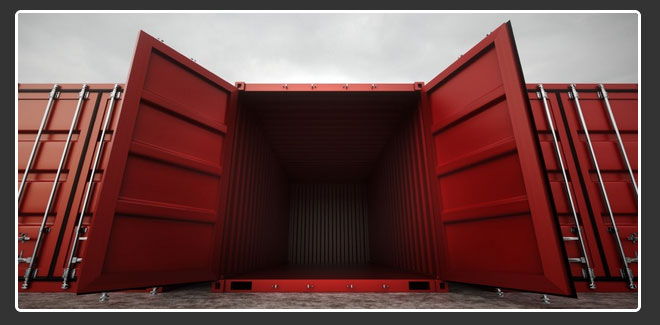In a world increasingly turning towards sustainable and versatile living and working spaces, transforming shipping containers into habitable environments has become a trend that marries innovation with practicality. Insulating these containers is pivotal for creating a comfortable and energy-efficient space, whether in sweltering heat or biting cold. This comprehensive guide delves into the essentials of insulating shipping containers, offering insights into materials, methods, and their transformative impact on these robust structures.
Exploring Options for Container Insulation
The material you choose plays a crucial role when insulating your shipping container. Fiberglass, known for its cost-effectiveness and thermal resistance, is a popular choice. Foam boards offer easy installation and excellent thermal insulation, while reflective insulation is ideal for its ability to reflect heat. Spray foam, though more costly, provides an airtight seal. Lastly, thermal wraps are a quick fix for moderate climate control. Each material has unique benefits, catering to different insulation needs and budget considerations.
Effective Climate Control Strategies
Achieving the right temperature balance in a shipping container is not just about insulation. It also involves installing efficient air conditioning systems and heating solutions tailored to the container’s size and usage. Ventilation is essential, preventing moisture buildup and ensuring healthy indoor air quality. Passive cooling techniques and humidity control strategies also play a significant role in maintaining a comfortable environment inside the container.
Modification Techniques for Shipping Containers
Modifying a shipping container for insulation involves more than just adding materials. It includes cutting and welding for custom openings, framing and paneling for internal structuring, and ensuring the container is well-sealed and weatherproofed. Installing windows and doors enhances natural light and ventilation, while roof modifications can provide additional insulation and space.
Maximizing Energy Efficiency
An insulated shipping container can become a model of energy efficiency with the right enhancements. Solar panels can be a game-changer, reducing reliance on traditional power sources. LED lighting and energy-efficient appliances further cut down on electricity usage. Green roofing and smart thermostats are other ways to enhance the energy efficiency of your insulated container.
Understanding Legal Requirements
Insulating a shipping container is not just a matter of technical know-how; it also involves navigating the maze of building codes, zoning laws, environmental regulations, safety standards, and permit requirements. Compliance with these regulations ensures that your container modification project is legal, safe, and environmentally responsible.
DIY Insulation Projects
DIY insulation projects for shipping containers can gratify those who prefer a hands-on approach. With detailed guides, lists of tools and materials, and cost estimation advice, you can embark on this project with confidence. Timeframe planning and troubleshooting tips further assist in making your DIY project a success.
Professional Services for Container Modification
While DIY projects have charm, professional services can ensure precision and compliance in insulating your shipping container. Container modification companies, insulation experts, and HVAC specialists bring expertise that guarantees your container is insulated and modified to the highest standards. Electrical and plumbing services and design and architecture consultation further add value to your project.
Eco-Friendly Practices in Insulation
Sustainability is critical in modern construction, and insulating shipping containers is no exception. Using recycled materials, opting for sustainable insulation options, and incorporating rainwater harvesting systems are ways to make your container environmentally friendly. Design principles that focus on reducing the carbon footprint are good for the planet and long-term savings.
Financial Planning for Insulation Projects
Understanding and planning the financial aspects of insulating a shipping container is essential. Material costs, labor expenses, and the potential for long-term savings should be carefully considered. Budgeting tools and financial planning advice can help manage costs and ensure your project stays within financial bounds.
Carolina Containers
Transforming a shipping container into a comfortable, sustainable, and efficient space is an exciting journey, blending creativity with practicality. Whether planning a DIY insulation project or seeking professional assistance, the first step is acquiring a high-quality shipping container. Carolina Containers offers a wide range of shipping containers to suit your needs. Our containers are the perfect canvas for your insulation project, offering durability and versatility. Contact Carolina Containers today at 919-562-9187 to find the ideal shipping container for your next project and take the first step toward creating your dream space.
The post Beat the Heat (or Cold): Insulating Your Shipping Container Could Revolutionize Your Space first appeared on Carolina Containers.
